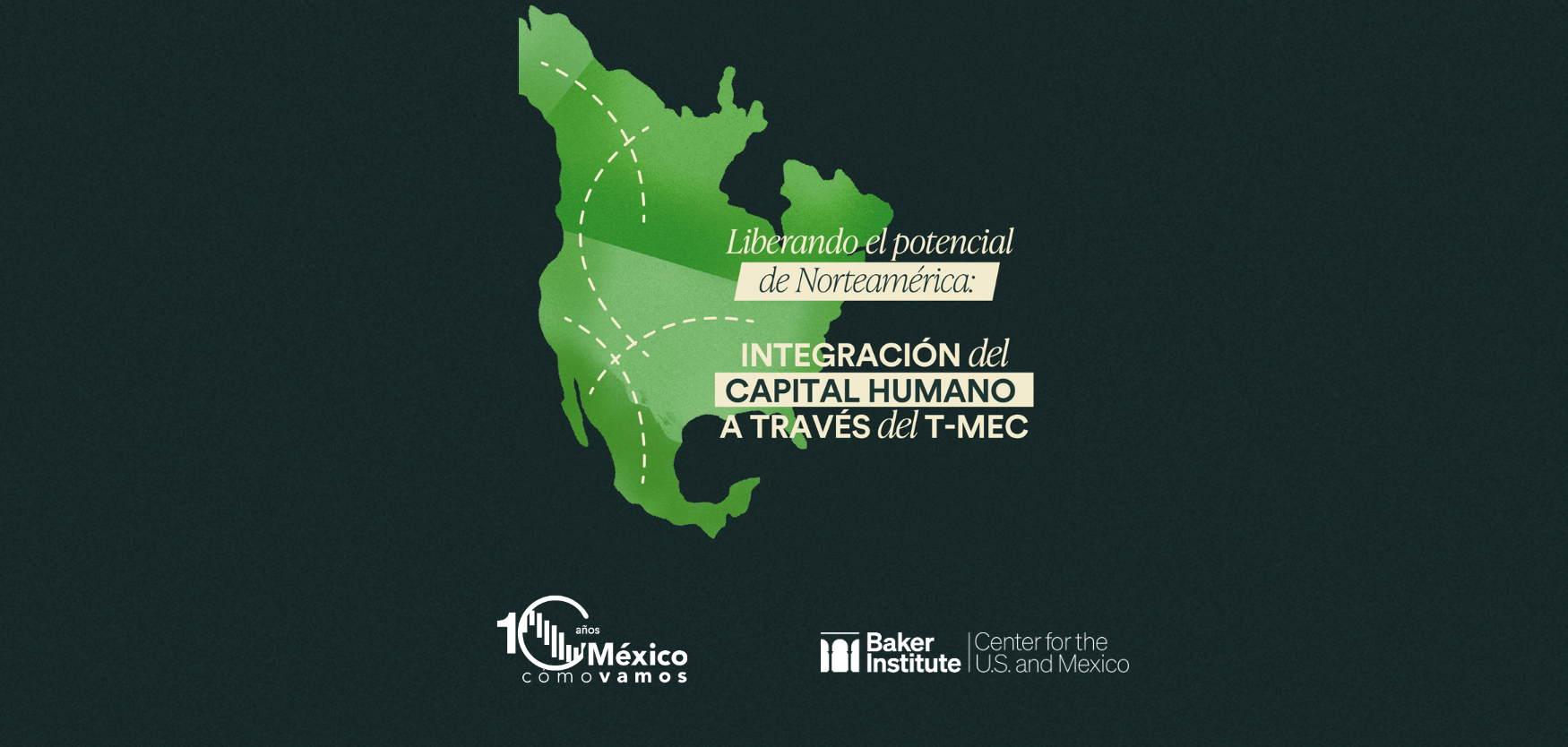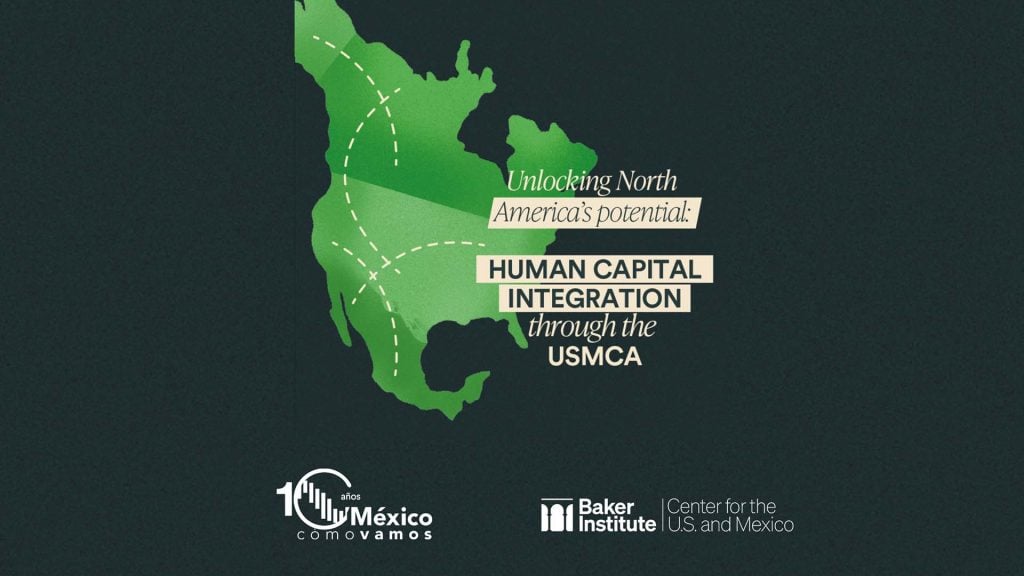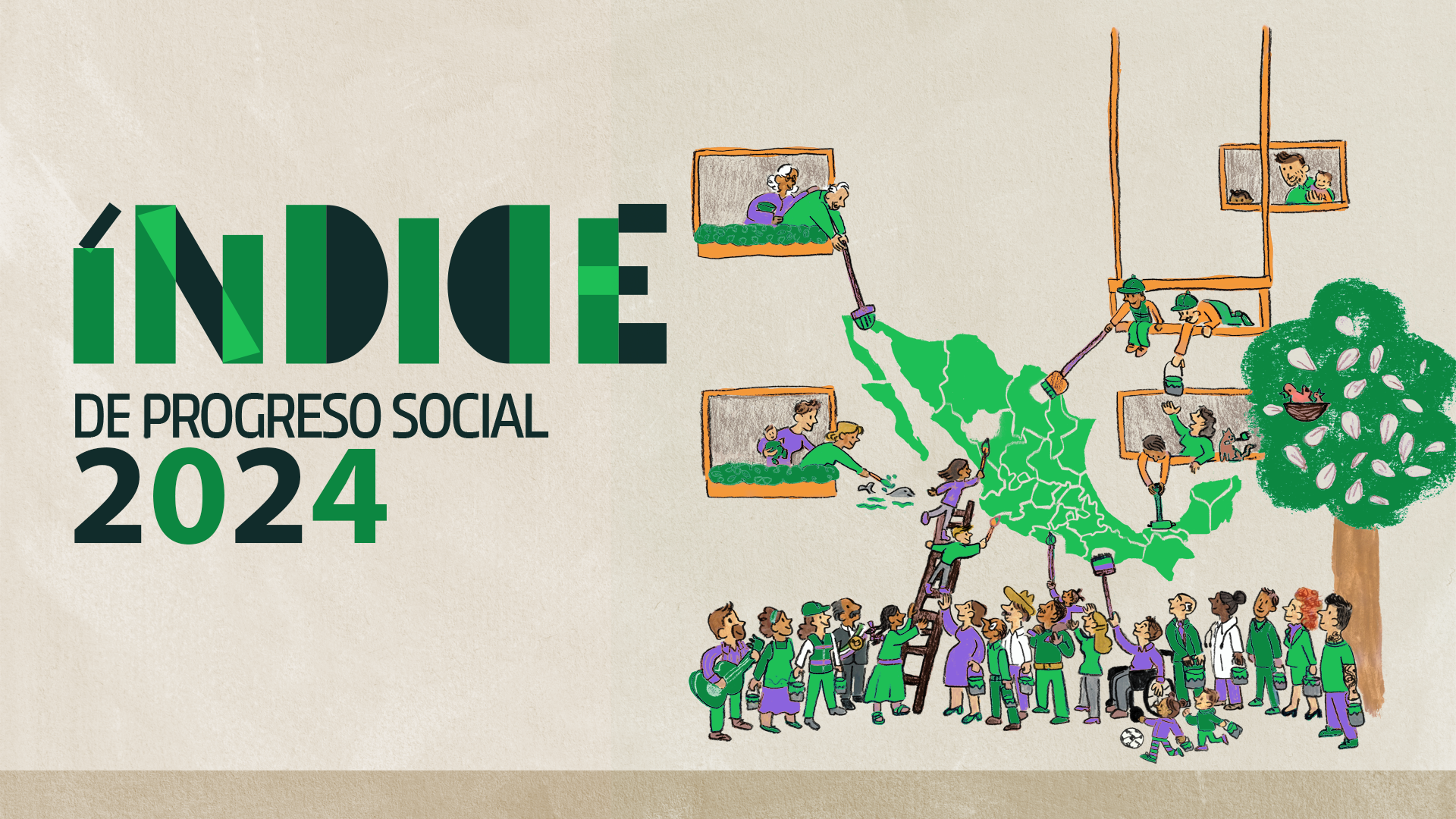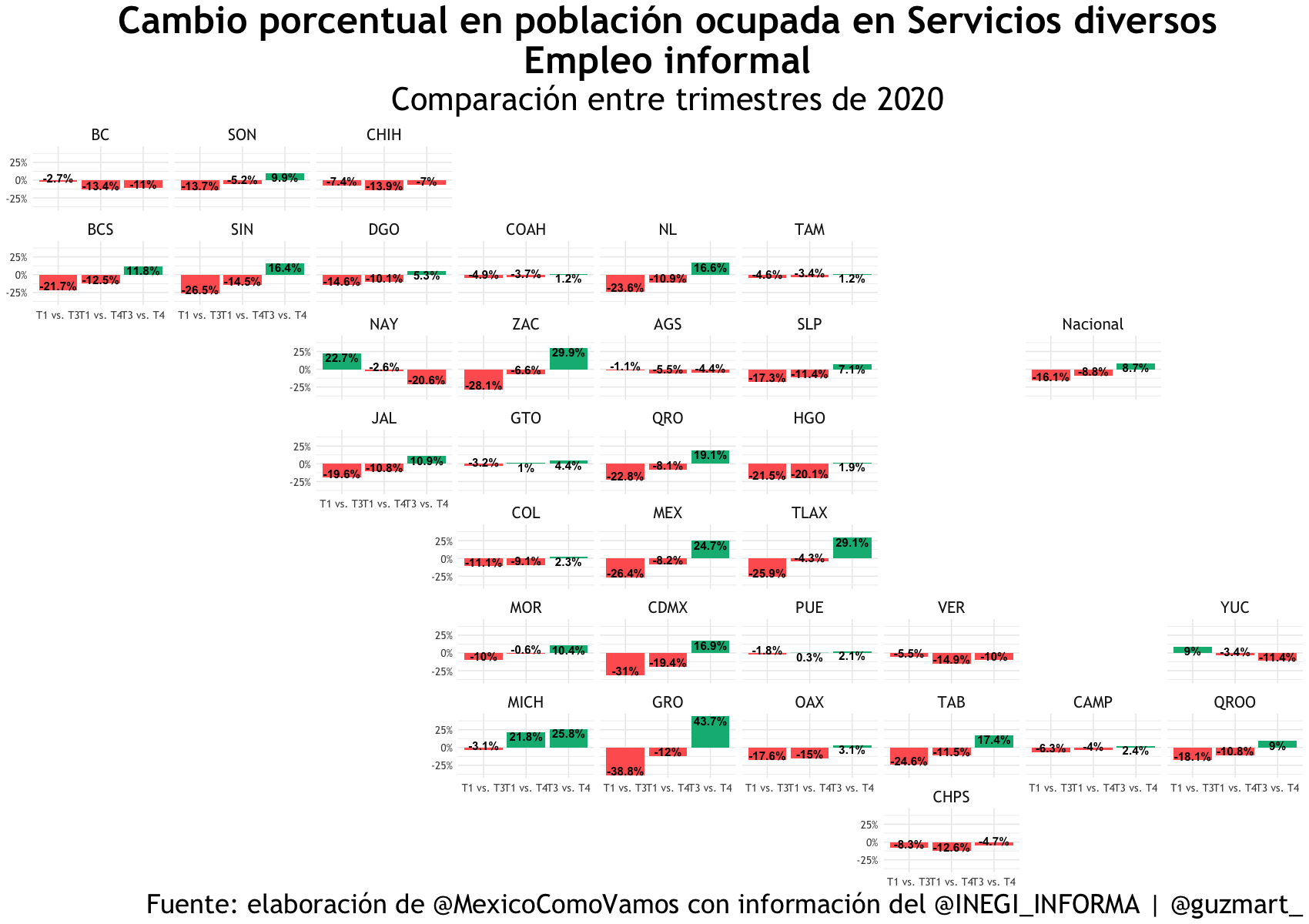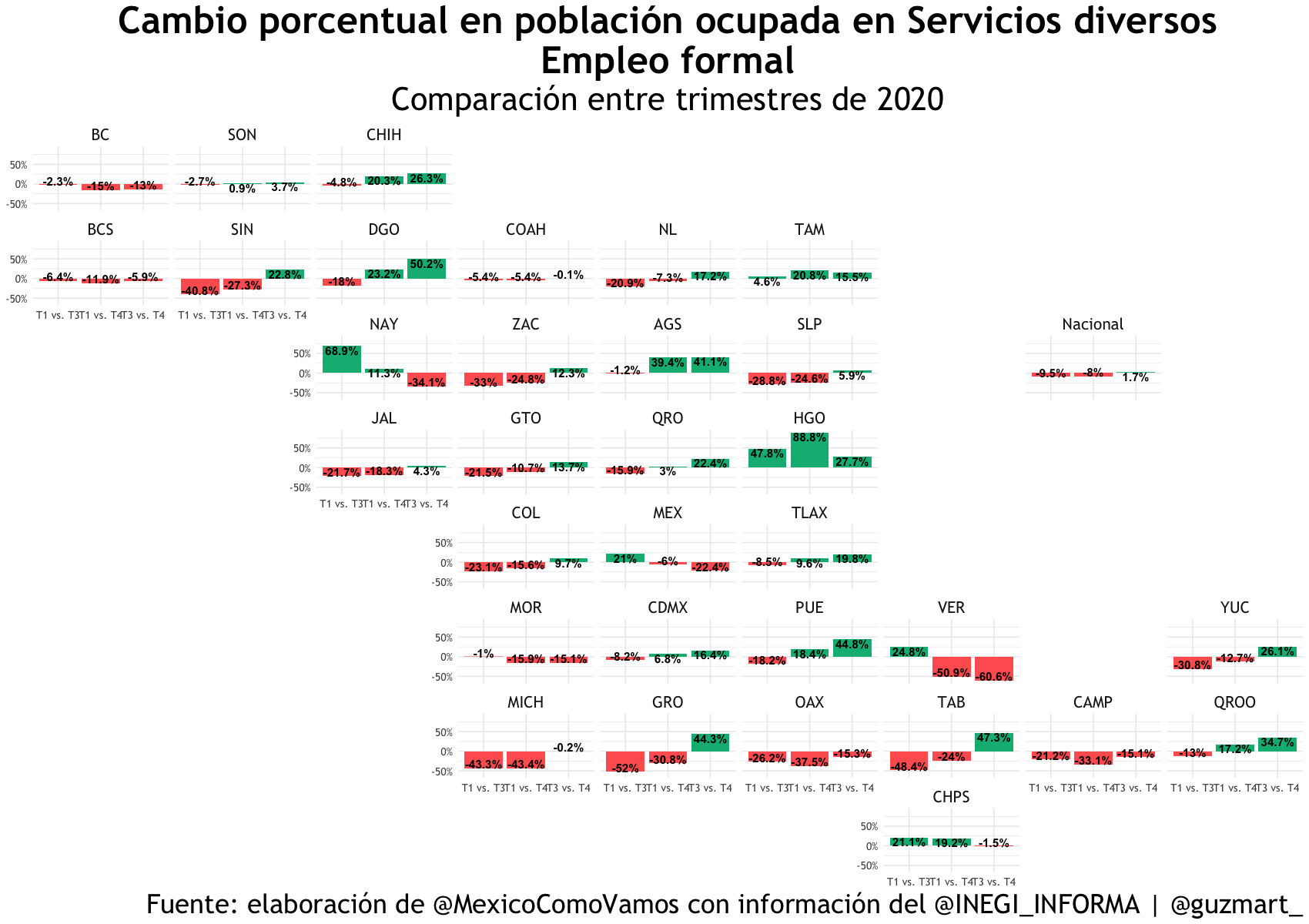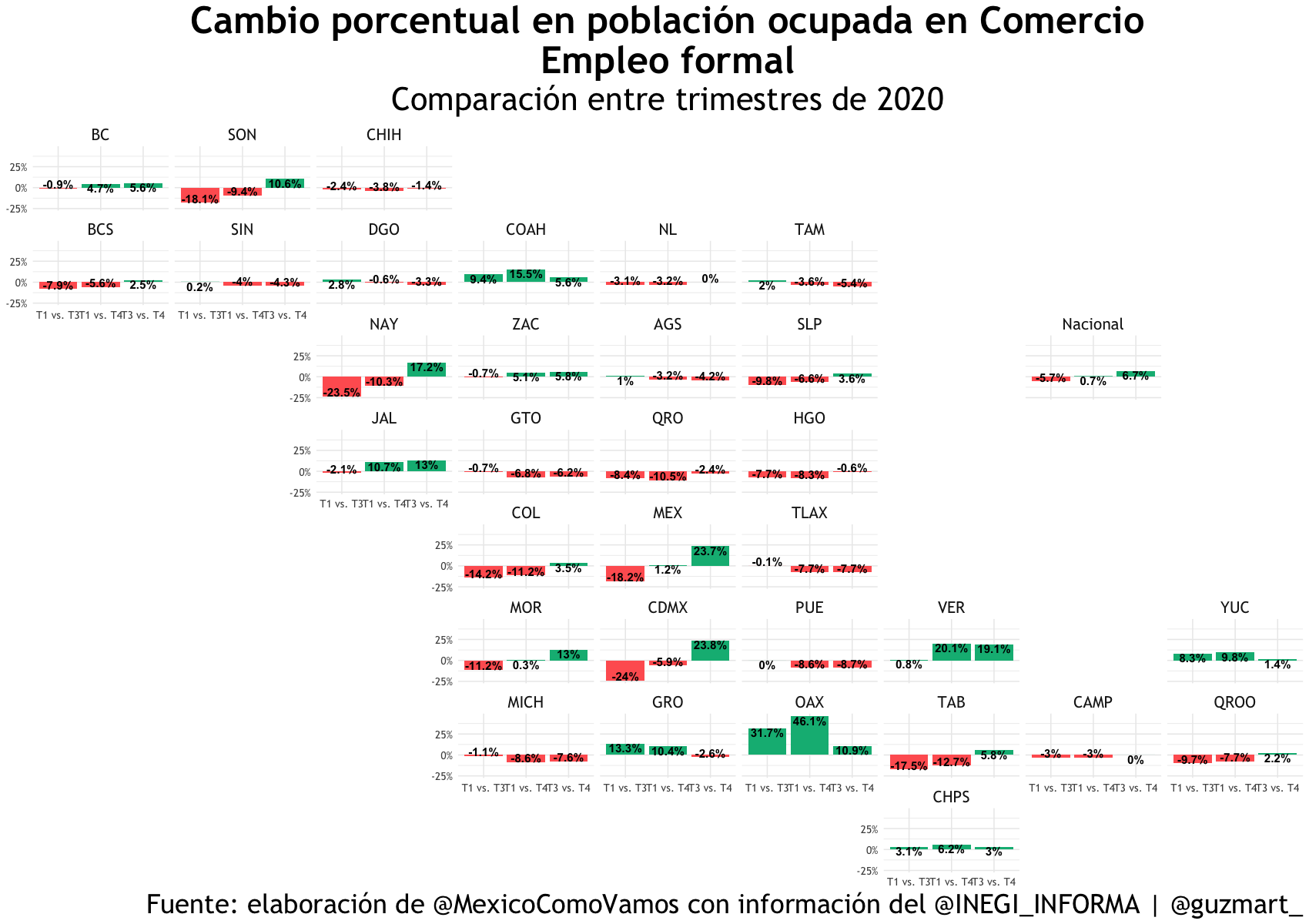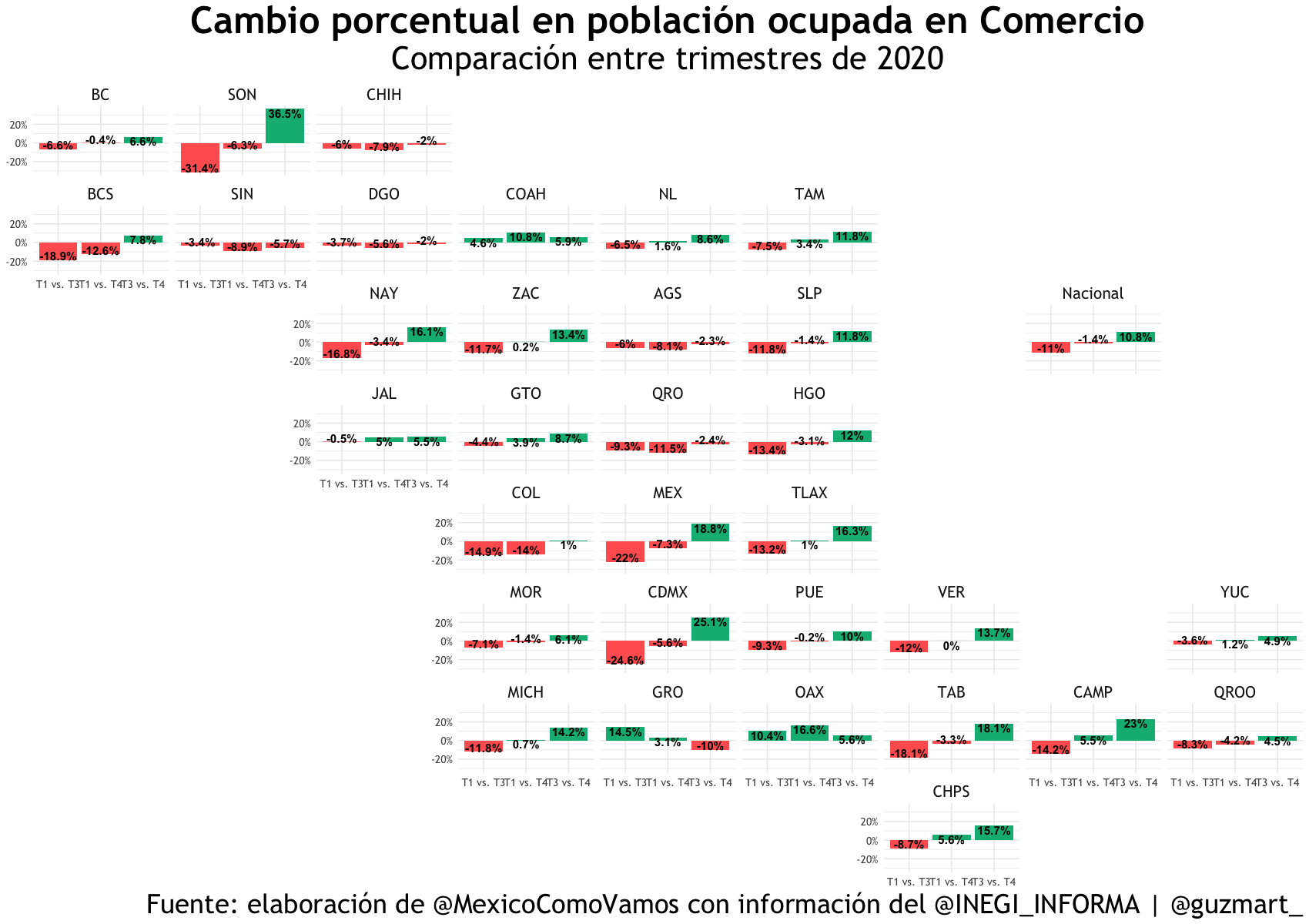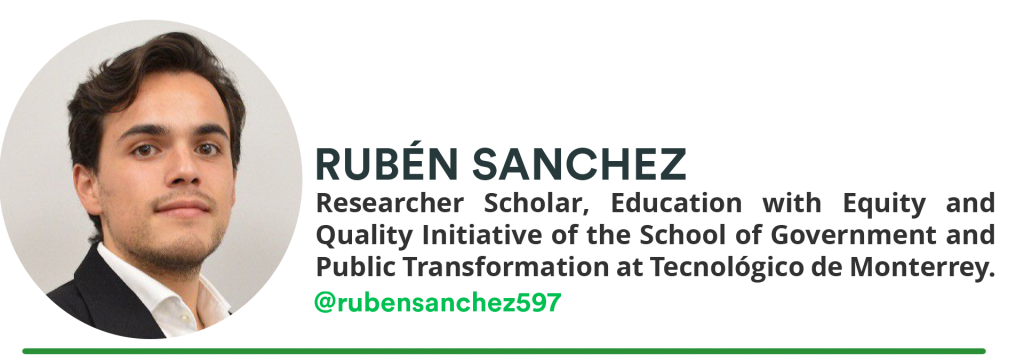
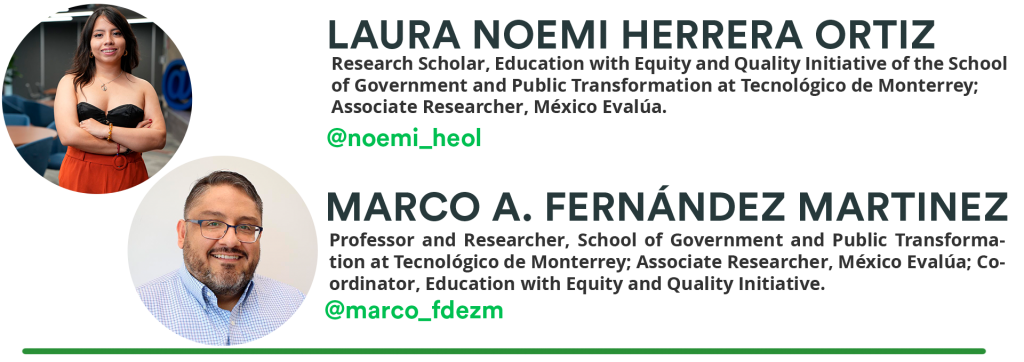
Introduction
The strategic relocation of international companies to Mexican territory, a phenomenon known as nearshoring, has placed the country at the center of an industrial and technological revolution. Sectors such as the automotive, aerospace and electronics are not only altering the country’s industrial map, but they are also creating a demand for specialized talent, which must be prepared to face the challenges of a globalized and technologically advanced economy.
This industrial awakening offers a window of opportunity for the 10.5 million young Mexicans currently pursuing secondary and higher education. The challenge lies in an inescapable reality: vocational education and training face the titanic challenge of adapting to a labor market that evolves at a rapid pace. For example, automation and technological evolution mean that 65% of today’s students will work in jobs that do not yet exist, while, in a few years, 45% of the skills today considered essential will become obsolete. In fact, one in four people has already faced discrepancies between the skills they possess and those their job demands.
Added to these challenges is a deeper one: the deficiencies in fundamental learning among young people. According to PISA Test’s results (2023), at the age of 15, an alarming proportion of young Mexicans have not managed to develop the learnings expected for their age. For example, in mathematics, 66% of students have difficulties applying basic formulas and procedures to solve problems. In science, half of students face problems explaining everyday phenomena or making inferences from simple investigations. Reading competence is also no exception, with 47% of students showing an inability to identify the main idea of a text or understand inferences and relationships.
The lack of essential learning not only prevents students from pursuing technical and specialized careers, but also limits their ability to take advantage of continuing education programs and alternative credentials that aim to improve their employability. Such is the case of Nuevo León, where employers report that young people face significant difficulties in basic skills such as communication, mathematical understanding, English and digital skills. Faced with the challenge of preparing Mexican youth for a constantly evolving labor market, this essay proposes some strategies to guarantee that young people can acquire these skills. First, identify and prioritize the key skills that are most in demand, to ensure that the training offered in schools and other educational centers for labor is targeted and effective. For this analysis, data from Encuesta Nacional de Ocupación y Empleo (ENOE), carried out by Instituto Nacional de Estadística y Geografía (INEGI) and the skills catalog from Red de Información Ocupacional (O*NET) were consulted. To complement this approach, a collaboration framework is proposed between the different actors involved, such as educational institutions, companies and the government for the benefit of young people to foster an environment of co-responsibility and be able to develop the identified competencies.
Transformation of the Mexican economy
Mexico’s attractiveness for industrial relocation, or nearshoring, is based on three key pillars: its geographical position adjacent to the United States, the existence of 23 free trade agreements that facilitate access to international markets, and globally competitive salaries. This set of factors has not only made Mexico a preferred destination for foreign direct investment, but has also driven the growth of strategic sectors such as the automotive, aerospace and electronics. These are particularly concentrated in states within the Mexican industrial corridor, including Nuevo León, Chihuahua, Saltillo in the north, Querétaro, Aguascalientes, and Guadalajara at the center of the country.
Through a detailed analysis of strategic sectors – such as the manufacturing of automotive components, agribusiness, pharmaceutical products, electronics, aerospace, among others (DOF, 2023) – 50 professions have been identified that experienced a significant increase in the number of hires during the year 2023 compared to 2022. Among the first ten professions with the greatest growth, electrical engineering, driving mobile machinery for construction and mining, and the operation of specialized machines to sustain efficient production stand out.

Despite the high demand for professions such as those listed, a worrying discrepancy is observed: the number of students preparing in these critical areas is notably low. Added to this is the gender gap in participation in these emerging professions, where women have significantly fewer opportunities to integrate compared to their male counterparts, despite making up more than 50% of the student population in schools.

Identification of a priority skills taxonomy for nearshoring
Identifying a priority skills taxonomy represents a challenge to adapt to the dynamic nearshoring environment. The complexity lies in discerning which are the essential skills to promote and how to classify them effectively. This challenge is aggravated by the general tendency to underestimate the potential of personal competencies, considering them merely everyday and natural, without recognizing their ability to be applied in diverse contexts and transferable to different work areas.
The identified professions and related careers demonstrate the existence of transversal skills capable of overcoming the barriers imposed by specific qualifications. These “lifelong skills”, recognized for their durability and their ability to enrich people’s lives in a productive and healthy way, stand out for their adaptability to different spheres of life and are not limited to a single task, sector, or discipline. This flexibility and transferability of skills, emphasized by institutions such as the BID (2022) and the WEF (2019), highlight the importance of promoting competencies that generate a positive impact on people’s lives.
After analyzing the skills linked to professions with potential within the framework of the Federal Government’s priorities, a set of key competencies necessary to thrive in this changing work environment was identified. Figure 1 shows the 37 essential skills we identified, associated with the fastest growing jobs, which given their frequency are associated with the opportunities and challenges presented by nearshoring.
For example, basic or foundational skills identify the ability to communicate effectively, which is vital in a work environment where clarity and precision in interactions can make the difference between project success and failure. On the other hand, mathematical thinking stands as a key competence for making decisions based on data. Finally, mastery of English emerges as an essential requirement to navigate the global market and in which 6 out of 10 students from CONALEP, for example, recognize that they do not achieve mastery or fluency
Figure 1. Taxonomy of skills for nearshoring

Fuente: elaboración propia.
Recommendations to achieve the skills for the future
In the current context, marked by a dynamic labor market and emerging challenges, a well-defined taxonomy of 21st century skills for youth is essential. This need implies close collaboration between governments, educators and industry to maintain relevance and effectiveness in training and decision making. Within the framework of the Learn Evenly report – Skills for the 21st century and the transition to the labor market, these are some of the recommendations we propose:
- Sectoral Skills Council (SKC): promote the establishment of a Sectoral Skills Council (SKC) as a public-private effort. Its main function consists of the systematization, evaluation and updating of skills.
- Reinforcement of essential skills through tutoring: It is essential to improve basic skills such as communication, mathematics and scientific thinking from the school stage. Remedial tutoring programs offer personalized instruction and increase learning time.
- Micro courses for skills certification: Micro courses offer a flexible and accessible alternative to traditional higher education, focusing on practical 21st century skills and providing certifications aligned with current labor market demands.
- Teacher training for social-emotional skills: This strategy emphasizes teacher training in methods that promote complex socio-emotional and cognitive skills, known to improve student performance and cognitive development. These should be integrated into the curriculum of several subjects, instead of being isolated.
- Technical training in collaboration with companies: this collaboration, vital in the face of rapid technological evolution, could include dual education models that combine theory in classrooms and practice in companies; apprenticeship programs to acquire specific skills in real contexts, and collaborative courses or certifications that reflect the demands of different sectors.
- Create networks to increase the participation of young women in the labor market: the development of strategies to increase young women’s presence in the labor market is recommended. These include educational measures to promote bias-free practices, encourage female participation in STEM areas – science, technology and mathematics – and strengthen skills such as leadership and self-confidence.
- Skills Information System for Youth: This platform will include career questionnaires to explore career options, tools to create CVs aligned with the contemporary world of labor, a skills matcher that suggests relevant courses, and a skills identifier that links educational competencies with work needs
Conclusions
Investing in education involves much more than the development of cognitive, social and economic skills. Recent graduates find themselves with a more challenging labor market than expected, while the expectation that education will lead to better employment opportunities fades in the face of low-paid jobs with few hours and no social security. The perception prevails that graduates lack essential skills. For this reason, it is not uncommon for employers to demand previous work experience.
While there is no single model to reform education and close the skills gap, the proposals in this essay seek to align the interests of students, universities, and employers. Based on evaluable experiences, these proposals seek to build on what has already been implemented and strengthen areas of consensus, marking a significant step towards a more inclusive and adaptive labor market.
The transformation in skills training transcends traditional classrooms. It is urgent to promote co-responsibility with the private sector, the main generator of employment, to review its hiring and professional development practices. Only with effective public-private partnerships will we close the skills gaps.This essay is a call to action. Educational and training systems must provide relevant skills in line with the demands of the 21st century. It is the only way to counter the disinterest and abandonment of formal learning centers by students. It is time to radically transform our educational and training systems. We must adapt them to a world in constant transformation.
References:
- IDB (2022). The future is already here: Transversal skills in Latin America and the Caribbean in the 21st century. Available at: https://publications.iadb.org/es/publications/spanish/viewer/El-futuro-ya-esta-aqui-Habilites-transversales-de-America-Latina-y-el-Caribe-en-el -21st-century.pdf
- CBRE. (2023, September 6). Nearshoring in Mexico: Demand in the industrial real estate market. Nearshoring Report 1H 2023. Viewed at: https://www.cbre.com.mx/press-releases/cbre-reporte-nearshoring-1s-2023
- Economic Commission for Latin America and the Caribbean. (2022). Mexico in the North American factory and nearshoring. Viewed at: https://repositorio.cepal.org/server/api/core/bitstreams/8b789717-769f-4208-9a8b-0db8c42bc82e/content
- Nuevo León Council and Education with Equity Initiative of the School of Government and Public Transformation of the Tecnológico de Monterrey. (2023). Bridging the school-to-work gap. Consulted at https://www.ieec.mx/publicaciones/cerrar-la-brecha
- Official Gazette of the Federation (2023, October 11) DECREE that grants fiscal incentives to key sectors of the export industry consisting of the immediate deduction of investment in new fixed assets and the additional deduction of training expenses. Consulted at: https://www.dof.gob.mx/nota_detalle.php?codigo=5704676&fecha=11/10/2023#gsc.tab=0
- Education with Equity and Quality Initiative. (2024). Report: Learn Even-Skills for the 21st century and the transition to the labor market. https://aprenderparejo.mx/informes/hab_ml
- Juárez, C. (2023) Nearshoring in Mexico: a rapidly emerging phenomenon. The Logistics World. Consulted at: https://thelogisticsworld.com/planeacion-estrategica/nearshoring-en-mexico-un-fenomeno-que-esta-emergiendo-rapidamente/
- ManpowerGroup. (2023, August 4). Nearshoring in Mexico: An opportunity to create 2 million jobs. ManpowerGroup Blog. https://blog.manpowergroup.com.mx/experis/nearshoring-en-m%C3%A9xico-una-oportunidad-para-crear-2-millones-de-empleos
- PISA (2023). PISA 2022 Country Notes. Available at: https://www.oecd.org/pisa/publications/Countrynote_MEX_Spanish.pdf
- SEP (2023). Main figures of the national educational system. Available at: https://www.planeacion.sep.gob.mx/Doc/estadistica_e_indicadores/principales_cifras/principales_cifras_2022_2023_bolsillo.pdf
- World Economic Forum. (2017). Accelerating workforce reskilling for the fourth industrial revolution: An agenda for leaders to share the future of education, gender, and work. https://www.weforum.org/whitepapers/accelerating-workforce-reskilling-for-the-fourth-industrial-revolution
- World Economic Forum (2019, May 15). These are the most important skills you need to be successful in the modern workplace. Viewed at https://www.weforum.org/agenda/2019/05/soft-skills-are-hard-to-measure-and-in-demand-can-they-be-taught/
- World Economic Forum. (2023). Future of Jobs Report 2023. https://www.weforum.org/publications/the-future-of-jobs-report-2023/
Click on the postcard below to go to the site.
